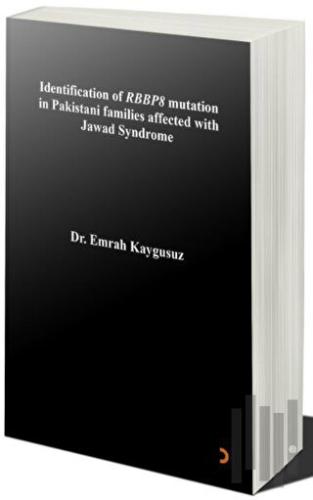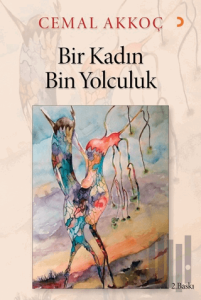
Among the group of craniodigital syndromes, patients with Ja- wad syndrome have a striking congenital microcephaly, mod- erate to severe intellectual disability, white spots on the skin of the hands and feet, anonychia congenita, polydactyly of fm- gers and toes and syndactyly of the second and third toe (syn- polydactyly) of variable degree. Here, I report two further fam- ilies of Jawad syndrome form Pakistan. I present the detailed clinical analysis along with the identification of a mutation (c.l808-1809delTA, p.Ile603Lysfs*7) in one family by whole-exome sequencing. The same mutation was identifıed in the second family by Sanger sequencing. I propose this as a founder mutation because both families described here and the previously reported one carried the same mutation. Further- more, the homozygosity mapping corroborated my hypothesis of the founder mutation based on the identification of the same haplotype shared by both unrelated families.
Among the group of craniodigital syndromes, patients with Ja- wad syndrome have a striking congenital microcephaly, mod- erate to severe intellectual disability, white spots on the skin of the hands and feet, anonychia congenita, polydactyly of fm- gers and toes and syndactyly of the second and third toe (syn- polydactyly) of variable degree. Here, I report two further fam- ilies of Jawad syndrome form Pakistan. I present the detailed clinical analysis along with the identification of a mutation (c.l808-1809delTA, p.Ile603Lysfs*7) in one family by whole-exome sequencing. The same mutation was identifıed in the second family by Sanger sequencing. I propose this as a founder mutation because both families described here and the previously reported one carried the same mutation. Further- more, the homozygosity mapping corroborated my hypothesis of the founder mutation based on the identification of the same haplotype shared by both unrelated families.
| Taksit Sayısı | Taksit tutarı | Genel Toplam |
|---|---|---|
| Tek Çekim | 62,00 | 62,00 |











